Bonsai soil mix is a blend of components that ensures proper drainage, aeration, and nutrient supply for bonsai trees. It is crucial for the health and growth of bonsai.
Choosing the right bonsai soil mix is essential for maintaining a healthy bonsai tree. The mix typically includes a combination of organic and inorganic materials like akadama, pumice, lava rock, and composted bark. Proper drainage and aeration are vital to prevent root rot and promote strong root development.
A well-balanced mix retains moisture while allowing excess water to escape. Tailor the mix to suit the specific needs of the tree species. Regularly check and adjust the soil composition to ensure optimal growth and health for your bonsai.
Related Article: Bonsai For Beginners: How To Grow Bonsai Tree
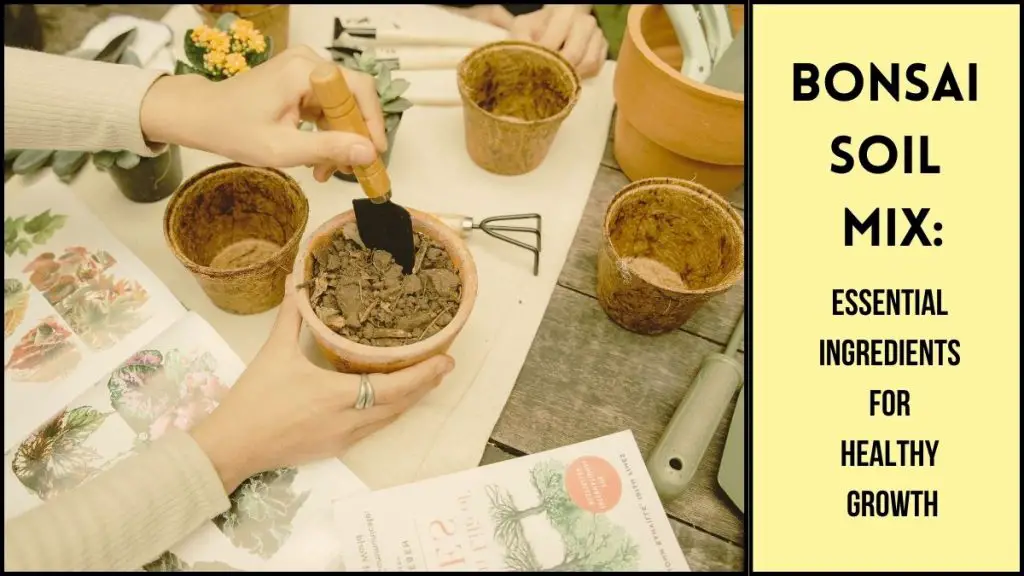
Related Article: How to Repot a Bonsai for Beginners: A Comprehensive Guide
Importance Of Bonsai Soil
The right bonsai soil mix is essential for healthy bonsai trees. Good soil provides nutrients, proper drainage, and aeration. Let’s delve into why bonsai soil is so crucial.
Nutrient Retention
Bonsai soil must retain nutrients for the tree’s growth. The soil should hold nutrients but not get waterlogged. Using high-quality soil can help achieve this balance.
Here is a table showing different soil components and their nutrient retention capabilities:
| Soil Component | Nutrient Retention |
|---|---|
| Akadama | High |
| Pumice | Medium |
| Lava Rock | Low |
Drainage And Aeration
Proper drainage prevents root rot in bonsai trees. The soil mix should allow excess water to escape. It should also provide aeration for healthy root growth.
- Pumice helps with drainage.
- Lava Rock improves aeration.
- Akadama balances moisture retention and drainage.
Mixing these components creates an ideal environment for bonsai roots.
Related Article: Bonsai Pruning Techniques: Master the Art of Miniature Trees

Credit: m.youtube.com
Related Article: Best Bonsai Pots: Elevate Your Miniature Trees with Style
Types Of Soil Components
Bonsai trees need special soil to grow well. This soil mix has different parts. These parts help the tree get the right nutrients and water. Let’s look at these components.
Organic Components
Organic components come from living things. They help the tree get nutrients. Here are some common organic components:
- Pine Bark: Helps with drainage and adds nutrients.
- Peat Moss: Holds water and keeps the soil moist.
- Coconut Coir: Made from coconut husks, it holds water well.
Inorganic Components
Inorganic components come from non-living things. They help with soil structure and drainage. Here are some common inorganic components:
- Akadama: A type of clay that helps with water retention.
- Pumice: A volcanic rock that improves drainage.
- Gravel: Adds weight and helps with drainage.
Here’s a table to summarize the key points:
| Component | Type | Function |
|---|---|---|
| Pine Bark | Organic | Drainage, Nutrients |
| Peat Moss | Organic | Water Retention |
| Coconut Coir | Organic | Water Retention |
| Akadama | Inorganic | Water Retention |
| Pumice | Inorganic | Drainage |
| Gravel | Inorganic | Drainage |
Organic Soil Ingredients
Creating the perfect bonsai soil mix is crucial for healthy trees. Organic soil ingredients provide essential nutrients and support root development. Here, we explore key components of organic soil: peat moss and compost.
Peat Moss
Peat moss is a common ingredient in bonsai soil mixes. It helps retain moisture and improve soil structure. Peat moss is light and airy, allowing roots to breathe.
Peat moss also has a slightly acidic pH, which benefits many bonsai species. It supports the growth of beneficial microorganisms in the soil.
Here are some benefits of using peat moss:
- Retains moisture
- Improves soil aeration
- Supports root health
- Encourages beneficial microorganisms
Compost
Compost enriches the soil with organic matter. It provides essential nutrients for bonsai trees. Compost improves soil structure and promotes healthy root growth.
Compost is made from decomposed organic materials. It contains a variety of nutrients that are slowly released to the plants. This helps in sustaining long-term plant health.
Here are some benefits of using compost:
- Provides essential nutrients
- Improves soil structure
- Supports beneficial microorganisms
- Promotes healthy root growth
Using a mix of peat moss and compost ensures a balanced soil environment. This combination supports the overall health and growth of your bonsai trees.
Related Article: The Top 10 Best Bonsai Trees for Beginners
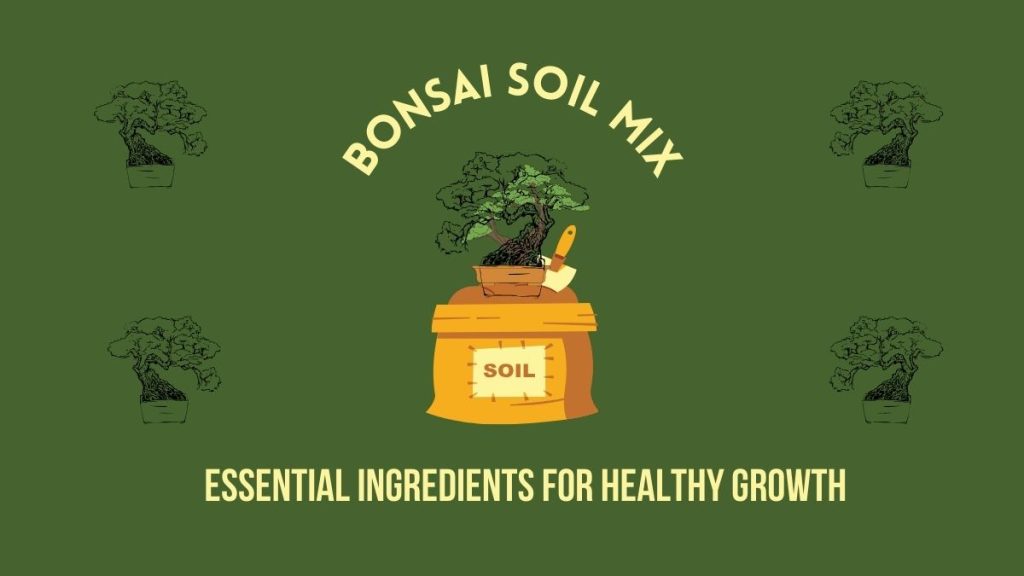
Related Article: Are Bonsai Trees Hard to Take Care of? Debunking Myths
Inorganic Soil Ingredients
Inorganic soil ingredients are crucial for a balanced bonsai soil mix. These components ensure proper drainage and aeration. They also provide essential minerals for plant health. In this section, we will explore two key inorganic ingredients: Akadama and Pumice.
Akadama
Akadama is a type of volcanic clay. It comes from Japan. This soil component is highly valued by bonsai enthusiasts. Akadama has excellent water retention properties. It also allows for good root growth. The material breaks down over time. This helps in root pruning, which is essential for bonsai.
- Water Retention: Holds moisture well
- Root Growth: Promotes healthy roots
- Breaks Down: Helps in root pruning
Using Akadama in your soil mix can significantly improve plant health. It balances water and air in the soil. This creates an ideal growing environment.
Pumice
Pumice is a lightweight volcanic rock. It is porous and absorbs water. This material improves soil drainage. Pumice is also rich in minerals. These minerals are beneficial for plant growth. The porous nature of pumice allows for better root aeration.
| Feature | Benefit |
|---|---|
| Porous | Improves aeration |
| Lightweight | Easy to handle |
| Mineral-Rich | Boosts plant health |
Including pumice in your soil mix enhances drainage and aeration. This leads to healthier and more robust bonsai plants.
Balancing Soil Ph
Balancing the pH of your bonsai soil mix is very important. The right pH helps your bonsai trees absorb nutrients efficiently. A balanced soil pH leads to healthier and stronger bonsai trees.
Testing Ph Levels
Testing the pH levels of your bonsai soil is easy. Use a pH meter or pH test strips. These tools give you quick and accurate results. Most bonsai trees prefer a pH level between 6.0 and 6.5.
- Insert the pH meter into the soil.
- Wait for the reading to stabilize.
- Record the pH level displayed on the meter.
If you use pH test strips, follow these steps:
- Collect a soil sample in a small container.
- Add distilled water to the soil.
- Dip the pH test strip into the mixture.
- Compare the strip color to the pH chart.
Adjusting Ph
If your soil pH is too high or too low, you need to adjust it. Lowering the pH involves adding acidic substances. Sulfur or peat moss are good choices. If the pH is too low, add lime or wood ash.
| pH Level | Adjustment Needed | Materials to Use |
|---|---|---|
| Too High (Alkaline) | Lower pH | Sulfur, Peat Moss |
| Too Low (Acidic) | Raise pH | Lime, Wood Ash |
Mix the chosen material into the soil evenly. Retest the soil pH after a few days. Adjust again if necessary. Balancing the pH ensures your bonsai trees stay healthy and vibrant.
Related Article: Bonsai Styles: Master the Art of Miniature Tree Design

Credit: www.amazon.com
Related Article: The 7 Best Bonsai Watering Cans Effective For Nurturing Bonsai
Customizing Soil Mixes
Creating the perfect bonsai soil mix is essential for healthy trees. A well-balanced mix offers proper drainage, nutrients, and aeration. Customizing soil mixes ensures your bonsai thrives in its environment. This section will guide you through species-specific mixes and climate considerations.
Species-specific Mixes
Different bonsai species have unique soil needs. Tailoring the mix to the species promotes growth and health.
- Pine Bonsai: Use a mix of akadama, pumice, and lava rock.
- Maple Bonsai: Combine akadama, organic potting compost, and pumice.
- Ficus Bonsai: Blend akadama, lava rock, and organic potting compost.
These mixes provide the necessary nutrients and drainage. Always research your specific species for the best results.
Climate Considerations
Climate plays a crucial role in customizing soil mixes. Adjusting the mix based on your climate ensures your bonsai remains healthy year-round.
| Climate | Recommended Soil Mix |
|---|---|
| Humid | More inorganic materials like pumice and lava rock. |
| Dry | Increase organic components like akadama and compost. |
| Cold | Use soil with good drainage to prevent root rot. |
Customizing your soil mix based on the climate helps your bonsai adapt. This ensures optimal growth and health.
Related Article: Bonsai Species: A Comprehensive Guide to Stunning Miniature Trees

Credit: www.homedepot.com
Related Article: 14 Best Bonsai Tools To Make A Proper Bonsai
Conclusion
Choosing the right bonsai soil mix is crucial for healthy growth. A well-balanced mix provides essential nutrients and proper drainage. Experiment with different combinations to find the perfect blend for your bonsai. Happy growing, and may your bonsai thrive beautifully with the ideal soil mix!
Related Article: The Art of Bonsai: Making of Stunning Miniature Trees
- Best Cordless Pruning Saw for Effortless Tree Trimming and Cutting - September 22, 2025
- Best Shovel for Digging: Top Heavy-Duty Picks for Garden and Outdoor Use - September 6, 2025
- Best Hedge Trimmers: Top Electric and Cordless Options for Precise Cutting - August 20, 2025
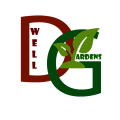

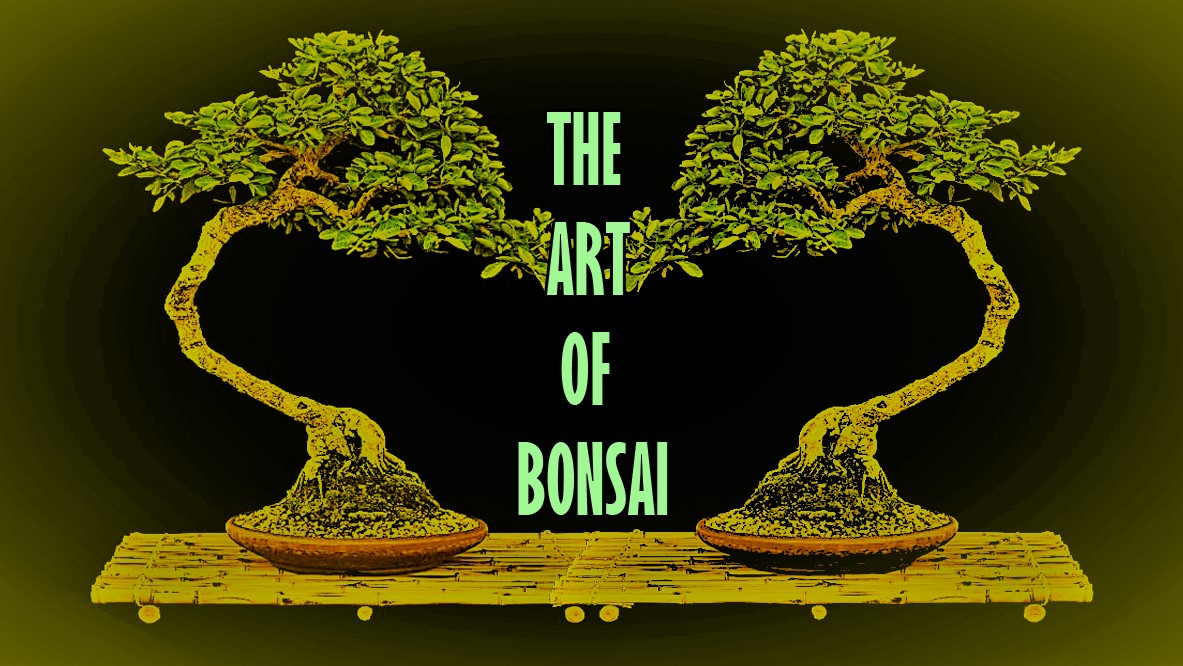
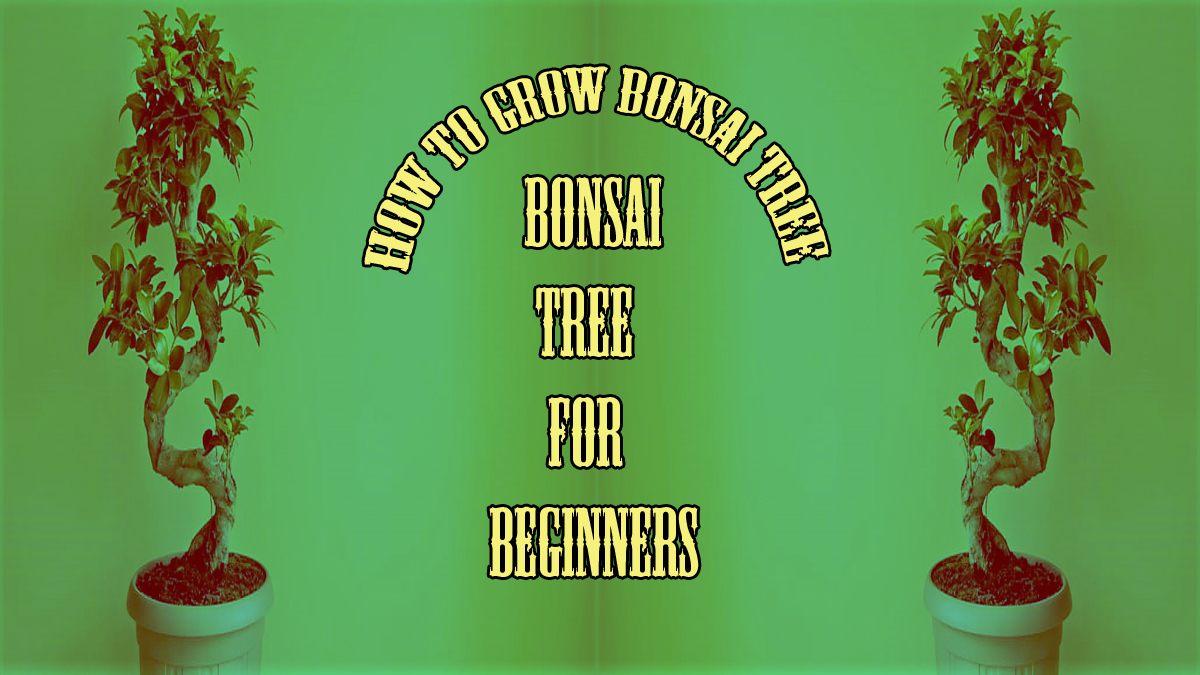
Pingback: Bonsai Pruning Techniques: Master the Art of Miniature Trees - Dwell Gardens
Pingback: The Art of Bonsai: Making of Stunning Miniature Trees - Dwell Gardens